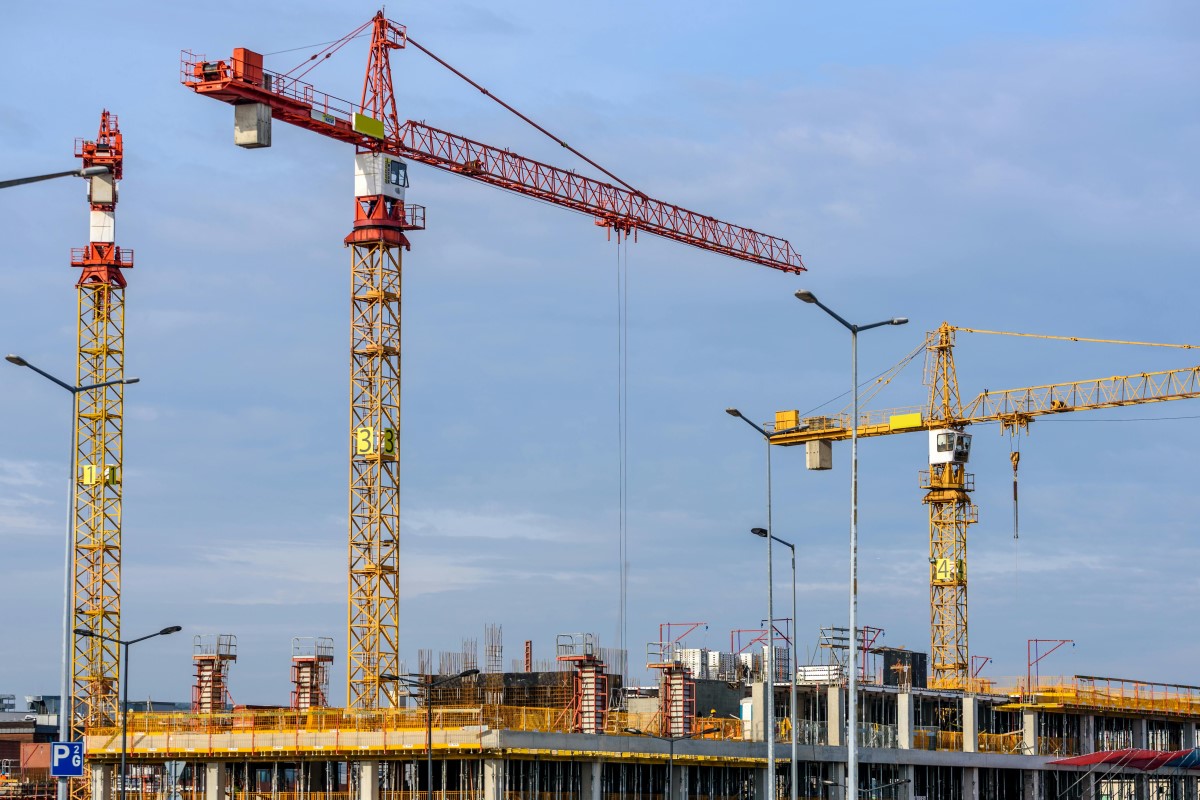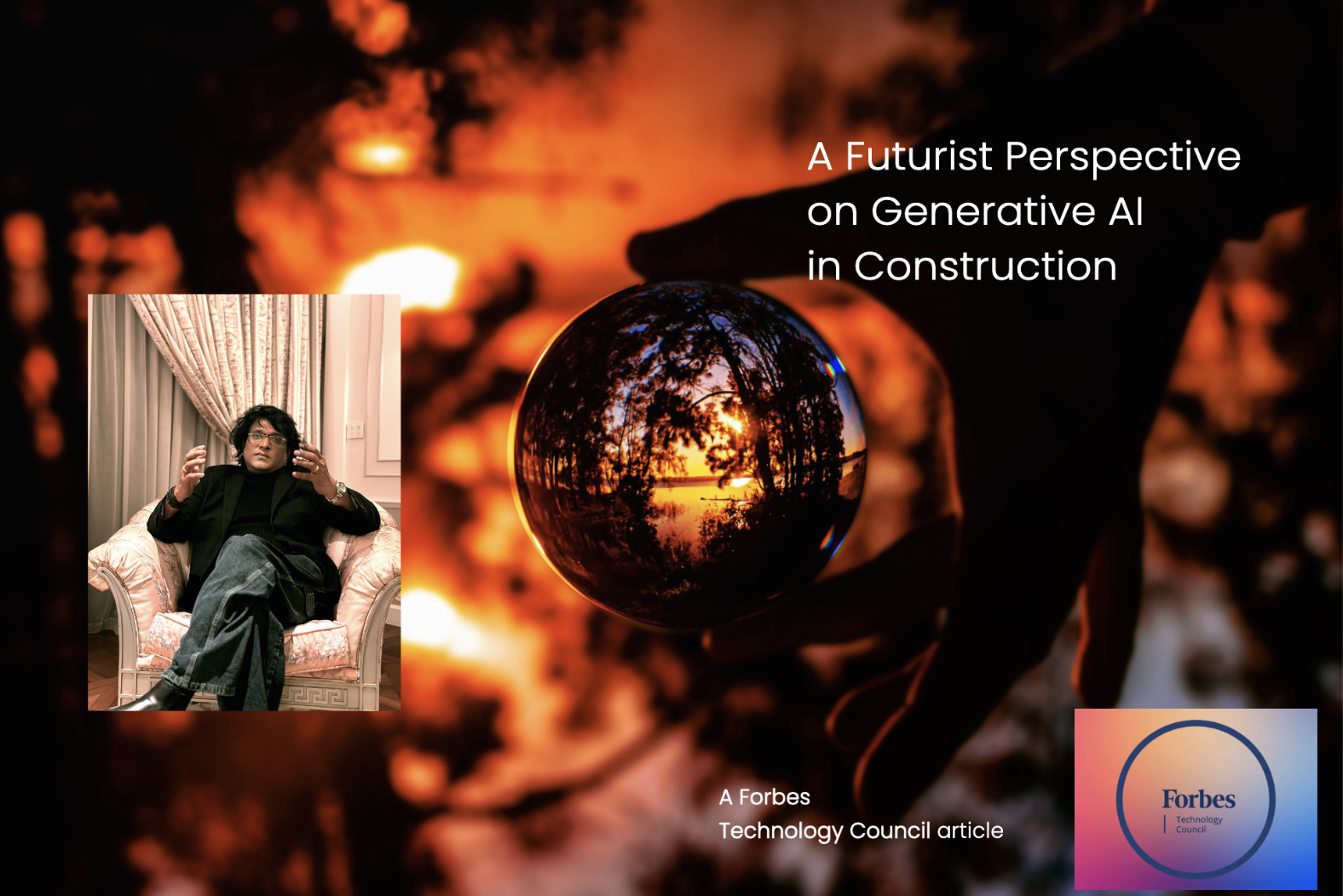Opinion: Are AI and machine learning overhyped in construction?

The construction sector, eager to embrace innovation, finds itself navigating a landscape saturated with promises of AI and ML-driven transformations
by Joel Hutchines, Chief Product Officer at Slate Technologies
In the construction industry, a realm defined by its steadfast commitment to deadlines, budgets, and safety, the buzz around artificial intelligence (AI) and machine learning (ML) has reached a fever pitch.
Yet, amidst the cacophony of claims touting these technologies as silver bullets, a crucial question often remains overlooked: What tangible value do AI and ML bring to the construction table, beyond the glitzy veneer of tech innovation?
The overselling of AI and ML
The construction sector, eager to embrace innovation, finds itself navigating a landscape saturated with promises of AI and ML-driven transformations.
Investment in architecture, engineering, construction (AEC) technology surpassed $30 billion in 2023. However, the real value of technology is not in its complexity or novelty but in its capacity to solve the industry’s most pressing problems.
The current narrative, heavy on tech jargon but light on practical applications, muddies the water, making it increasingly difficult for industry leaders to discern genuine solutions from mere technological showpieces.
A reality check by the numbers
The allure of AI in construction is undeniable, with forecasts projecting the global AI in construction market to grow substantially in the coming years.
Research by the McKinsey Global Institute indicates that digital transformation can result in productivity gains of 14-15% and cost reductions of 4-6%.
Despite these optimistic projections, the reality on the ground paints a different picture — a gap between enthusiasm for AI and ML’s potential and their practical, widespread adoption.
This hesitancy can be attributed to a market inundated with solutions that, while technologically advanced, fail to address the nuanced needs of construction projects.
Navigate beyond the hype
The industry’s fixation on AI and ML, while understandable, often leads to a misplaced emphasis on technology for its own sake. The genuine need isn’t for AI or ML in their most abstract forms but for solutions explicitly crafted to tackle inefficiencies, mitigate risks, and enhance productivity in construction processes.
The true potential of technology lies in its application to real-world scenarios, not in the buzz it generates in press releases and tech expos.
For technology companies entrenched in the construction space, the path forward involves a recalibration of focus — a pivot from the current hype of AI and ML capabilities to one of tangible, problem-solving applications and proof points.
The industry doesn’t need another AI-powered tool in search of a problem; it needs solutions born out of a deep understanding of construction’s complex ecosystem, designed to address specific challenges head-on.
Similarly, general contractors (GCs) play a pivotal role in this technological evolution. Their task is to sift through tech noise, identifying solutions that offer substantial, measurable benefits over shiny, superficial features.
In an industry where the stakes involve not just financial outcomes but also human safety and environmental impact, the value proposition of any technological solution must be clear and compelling.
Emphasising responsible real-world applications
The potential applications of AI and ML in construction are vast and varied, from predictive analytics that forecast project delays to automated safety compliance checks and beyond.
These technologies can streamline project management, optimise resource allocation, enhance safety protocols, and even predict issues and delays before they become costly problems.
However, the adoption of such technologies should be guided by a clear-eyed assessment of their practical benefits and ease of implementation, not just their theoretical potential.
The onus is on both tech companies and GCs to foster an environment where technological adoption is driven by clear, problem-focused objectives.
Tech companies must commit to developing solutions that address the specific pain points of the construction industry, backed by case studies and evidence of their impact.
Meanwhile, GCs must adopt a more discerning approach to technology, prioritising tools and platforms that demonstrate a clear return on investment and a positive impact on project outcomes.
Beyond the buzzwords
As the construction industry continues its march towards digitalisation, the focus must shift from being enamored by the possibilities of AI and ML to implementing these technologies in ways that genuinely enhance project delivery.
By prioritising solutions that address real challenges, both tech companies and GCs can contribute to a more efficient, safe, and sustainable construction landscape.
It’s time to move past the hype and invest in technologies that truly make a difference, remembering that at the heart of every successful project lies not just innovative tools, but the wisdom to apply them where they matter most.
Joel Hutchines is Chief Product Officer at Slate Technologies, where he works with an AI and machine learning team that is attempting to revolutionise the industry through data-driven solutions. His background includes carpentry, architecture, digital fabrication, and business management. Previously, he founded Splash Modular to explore innovative ways to integrate design and construction processes through technology, and he also has a successful track record as co-founder of award-winning architecture firm, Studio Workshop.
Source: Construction Week

